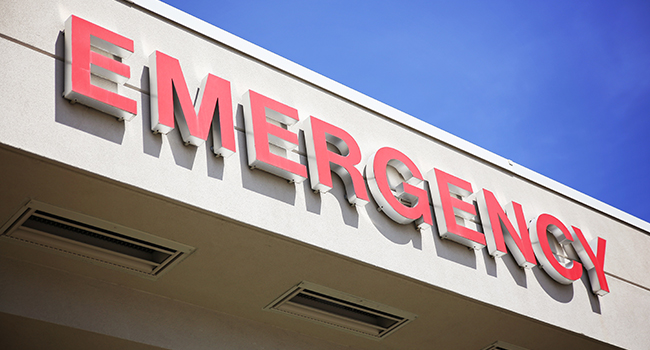
New York Hospital to Increase Emergency Department Security
RRH officials said security will be increased in multiple areas of the emergency department, including the addition of more staff and a metal detector.
- By Jessica Davis
- Dec 13, 2018
Rochester Regional Health is working to implement new security measures at Rochester General Hospital following a shooting last month in the parking lot of its Emergency Department.
The shooting occurred at about 3 a.m. on Nov. 4, and the man who was shot walked to the hospital to report the incident to security. The hospital’s emergency department went into a brief lockdown as part of standard procedure when a victim of violence arrives, RGH said.
RRH officials said security will be increased in multiple areas of the emergency department, including the addition of more staff and a metal detector. The metal detector will be installed near the emergency department waiting room entrance.
The new staff will include officers added to the RGH security team. The officers will work in the emergency department as well as the rest of the hospital.
"RGH is one of the busiest emergency departments in the country,” said Paul Staub, director of security and emergency management for the health system. “These enhancements are in keeping with national best practices for emergency departments like RGH that deliver high-quality complex care."
RGH previously announced in October that the hospitals’ security offices would be adding a workstation for the Rochester Police Department. The workstation will not be staffed on a regular basis, but could be used for officers to meet with residents who call 911 but don’t want an officer to come to their home.
It’s not yet been determined when the new security measures will be implemented.
About the Author
Jessica Davis is the Associate Content Editor for 1105 Media.